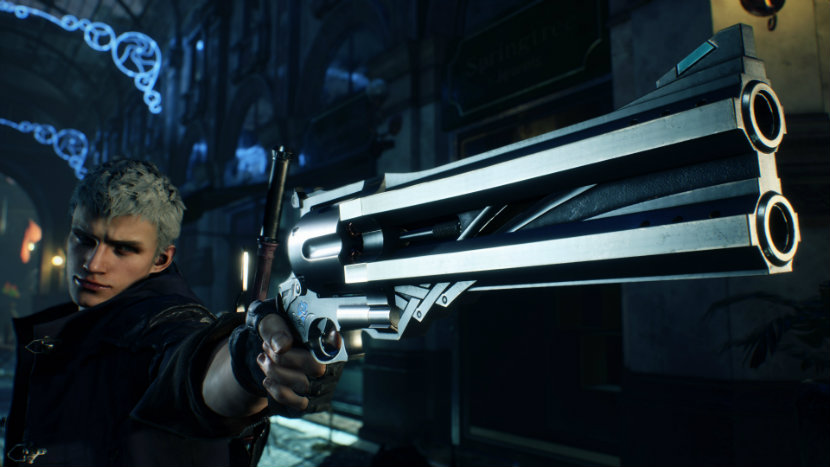Folks, over the course of this piece I’m going to spoil the hell out of Devil May Cry 5. If you haven’t played it yet, well, here’s your warning.
Okay, welcome back! Presumably, you’ve finished Devil May Cry 5 and are doing that thing where your hype energy hasn’t faded away yet, so you’re scouring the internet for new takes…





